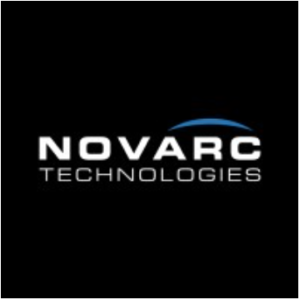An interview with Ahmad Ashoori on Robotics Engineering & Advocacy on October 22, 2023 by George Ackerman, Ph.D, J.D.

Biography
I have a bachelor’s and master’s degree in electrical engineering. I came to Canada in 2008 as a PhD student. My research focused on assessing motor failures in Parkinson’s disease. My main supervisor was from the electrical engineering department and my co-supervisor was from the neuroscience department of UBC. After finishing school, I have been working as a robotic engineer for a company that makes robots for welding. My connection to UBC and the Parkinson’s disease research group has been maintained. As of now, I am helping their research team with a test on the arm of the patients to assess rigidity in patients’ muscles via engineering dynamic models and relate them to clinical measures.
Can you tell me more about your advocacy?
I have been involved in gathering data from the patients via different tests and I have seen how much pain they are going through. I have tried to raise awareness for the “normal” people to participate in tests as control subjects to aid the research being conducted. Even after graduation from UBC, I have been working with research associates in Vancouver and Montreal to help getting research about this disease further and ease patients’ lives.
What is your passion and how did you get involved in Parkinson’s awareness and hope for a cure?
My passion is engineering and modeling the world around me mathematically. It is very intriguing to be able to quantify motor failures in Parkinson’s disease (and any other disease) mathematically. Hopefully with more information about this disease and more quantified data, the medical team can come up with better drug dosages and one day maybe a cure for this disease.
What type of goals do individuals with Parkinson’s have when seeing your advocacy?
They would like more people involved in the research, whether they are engineers/doctors to conduct the research, or normal people to participate in tests. Their dependents (like spouses) are very grateful to see people around conducting research to understand this disease better and help their loved ones who are suffering from Parkinson’s disease.
What type of training and how long are the programs?
The programs in UBC are masters and PhD programs for both engineering and neuroscience. The typical period of the programs are two years and four years for master’s and PhD programs, respectively.
What effect can your advocacy have on an individual with Parkinson’s?
They can be more hopeful about a cure for this disease. Also, the fact that they see people “care” and they are not fighting with this disease alone, goes a long way.
What would you like to see as a future goal for your advocacy?
I’d like to help more teams and more universities conducting research on Parkinson’s disease.
What events do you participate in?
I participate in international conferences, and networking events about this.
How does your advocacy also assist caregivers?
It helps them to know we all are helping the patients together as a team. Neither them nor the patients are not alone in this.
How can someone get in touch? What is your website?
I do not have a website. But they can approach me via LinkedIn or directly sending an email.
Have you had any family members or relatives affected by Parkinson’s disease?
In my case, the answer is my aunt who passed away 5 years ago. These events get me more determined to help the patients.
If you had one final statement or quote you could leave for the Parkinson’s community, what would it be?
Never give up hope. We care.

